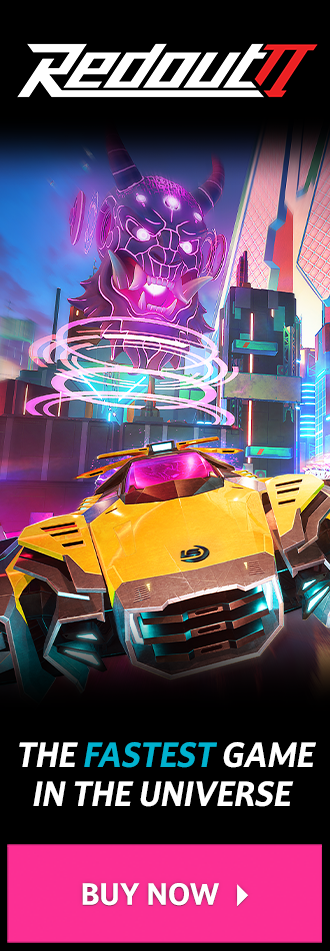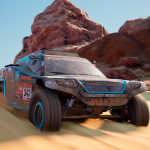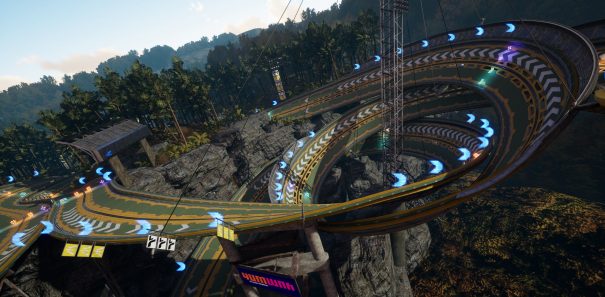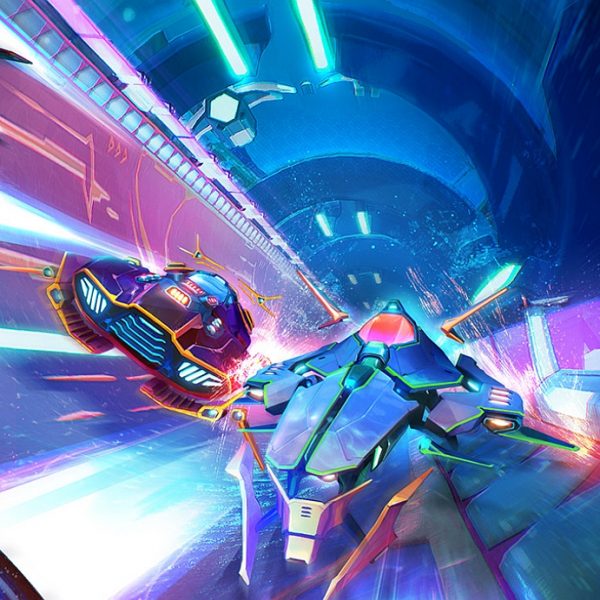As long as I can remember, futuristic racing has been established as one of the staple video game genres. We’ve seen them on every platform, often pushing technical achievement to new levels. However, in recent times the genre seems to have been forgotten by the major publishers with Sony disbanding its Liverpool studio, while Nintendo left F-Zero behind long ago; arguably the best title in that series being F-Zero GX produced by Sega. Meanwhile, others such as Rollcage, Extreme G and Quantum Redshift are a thing of the past.
But despite the many titles produced, F-Zero and WipEout have stood tall as benchmark achievements, and yet they offer entirely different takes on the genre. So on seeing the first Redout trailer over a year ago, there was a reserved excitement. The game looked more like Wipeout, with its flowing and floaty nature, but as I delved deeper into the game I discovered it has successfully combined elements of both titles.


From the first race, the detail, track design and smoothness are obviously apparent. There’s a uniqueness to the visual approach – it’s inspired, and it works. This unique inspiration extends to the control method. Wipeout and F-Zero used a similar fundamental control with L and R button controlling air brakes, with the former including the necessity of pitch control for maximum pace. Redout follows this tradition but turns it on its head in the process.
RedOut opts for a twin stick control method that moves pitch and air brakes onto the sticks. This takes some getting used to, and I have to admit it took some time to fully understand the process. Essentially the sticks work in cooperation: the left stick feels like the craft is moving sideways, while the right stick feels like a banking lean. Understanding how to maximise this control is key, as touching walls will slow you down and sap the energy.
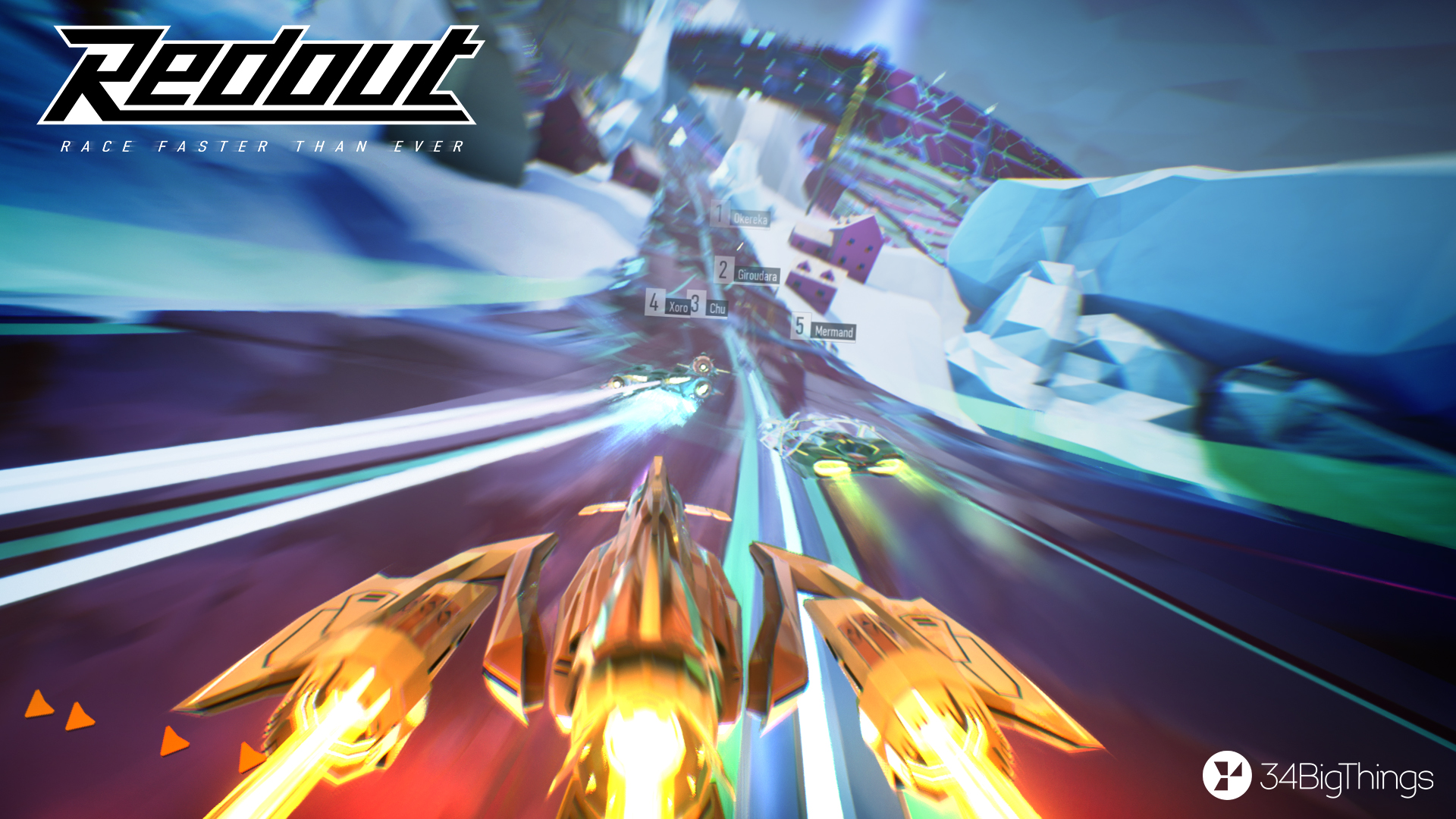
This is where comparisons begin. My initial impression was that the visual style and floaty handling leaned towards Wipeout. But in play the use and style of air brakes make it feel like F-Zero GX, along with the tubular sequences that all give that similar rush, successfully combining both styles yet creating a completely new control method in the process. This demonstrates a deep passion for the original titles within the development team, yet achieving a unique approach that doesn’t change things just for the sake of being different. RedOut actually achieves something that works, while establishing a new idea within the genre, and this is no mean feat.
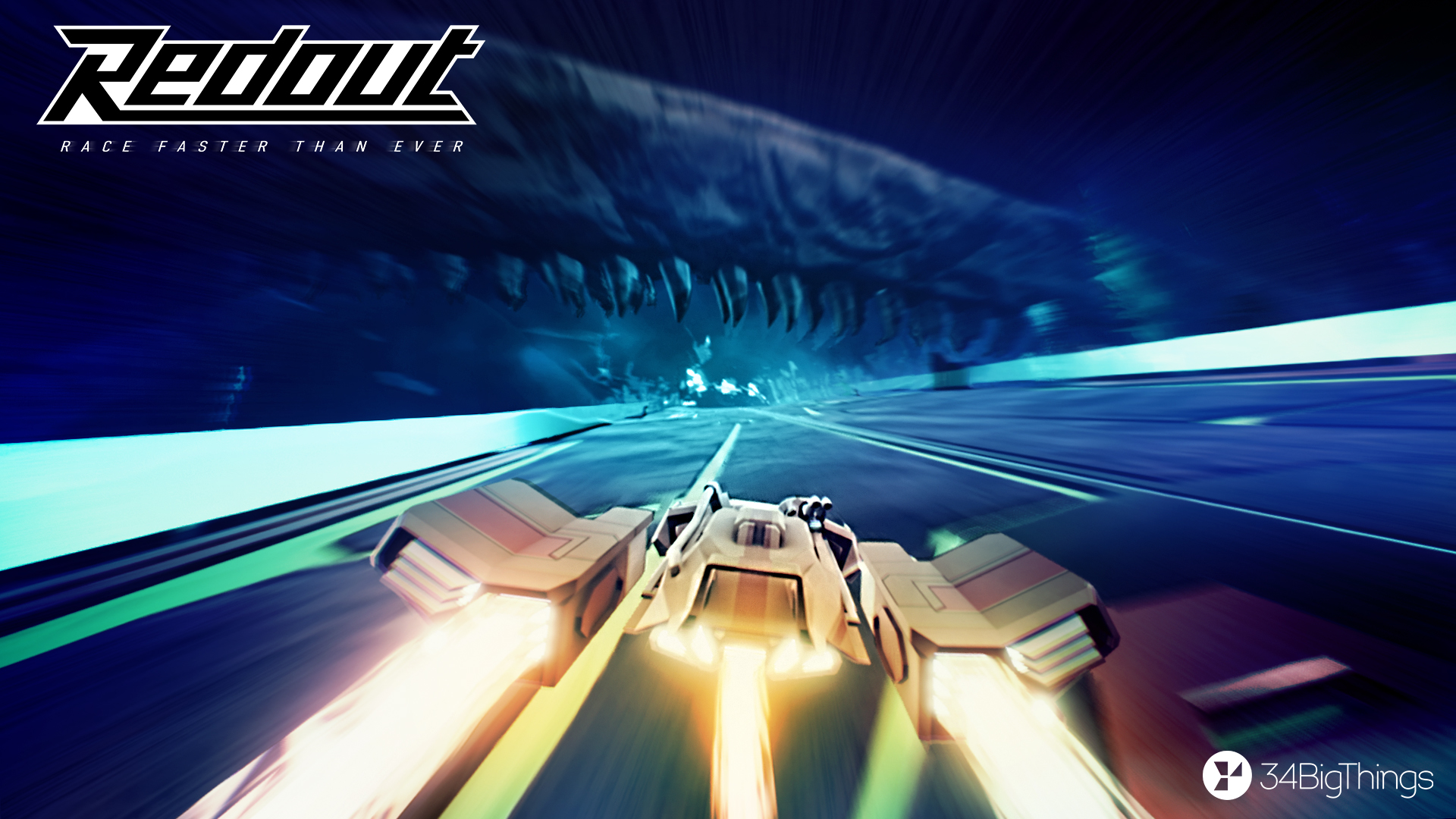
One aspect that doesn’t work as intuitively is the weapon systems. They appear unclear and generally feel poorly implemented. I wasn’t aware when enemies were in range of my weapons or when receiving a performance boost to my craft’s abilities. Generally, I would add a weapon, forget what it was supposed to do, press the button to attack, see no benefit and continue without using the weapons again.
Another key issue of concern is the effect of contact with rival craft, resulting in a rather jarring experience with your craft being knocked between 90 and 180 degree spins, effectively ruining your race. Trouble is it never feels within the player’s control to recover, making for some seriously frustrating moments. Which takes me to AI. Initially you’ll find rubber banding in class one, but a developer statement recently clarified that classes beyond that point all use basic logic which supposedly makes for fairer races as the championships proceed, although I still felt the AI was a little off.
As the game progresses, so does the challenge, with tracks featuring all manner of sweeping curves, tubes and lethal jumps, all a break-neck speed. The visual look and environments feature unique qualities, from deserts and snow, to jungles to volcanoo. Everything is wonderfully realised and highly polished with a wide range of post processing effects, all hitting 60fps+ on my older GTX780. Another unique feature is the colour of the barriers around the circuit that reflect the speed of the corner: red barriers, for example, indicate a slow corner or hairpin. It’s a great, yet subtle addition.
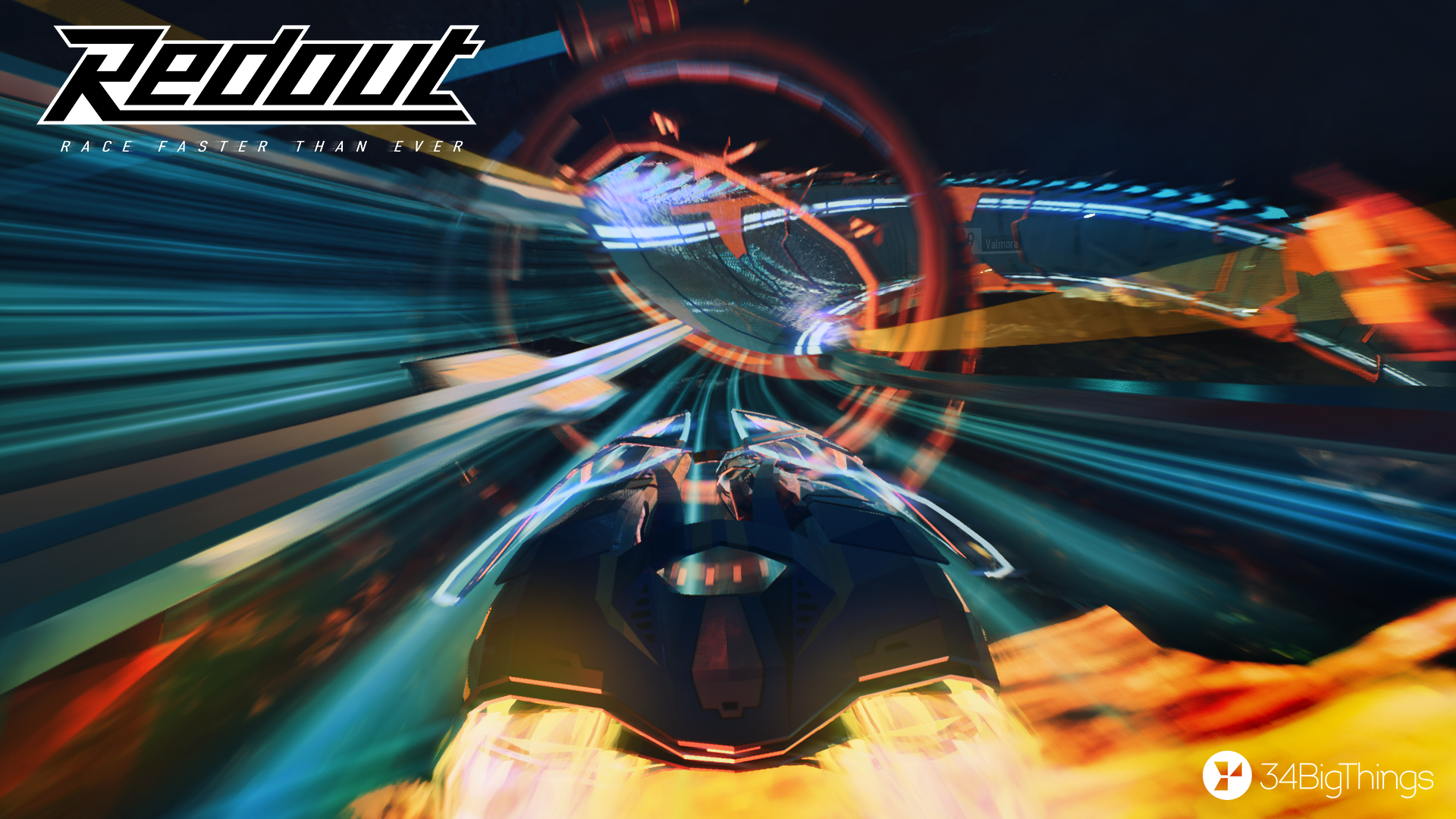
Audio is equally impressive, featuring a wide range of atmospheric and spot effects from air brakes and various thrusters, all subtley implemented. This same level of care has been applied to the music selection, each professionally produced and reflecting the nature of the region the circuits are based within. The tunes somehow manage to capture a retro feel in their construction while being well balanced to the action. However, the game could do with slightly wider selection of music – when playing several races in the same region in succession it can quickly become repetitive. A few more audio tracks would have been welcome.
There’s some limited depth in terms of agreeing contracts for extra cash in the career to purchase upgrades for your craft or new weapon systems. But with the game being locked from the outset, each series of races predominantly takes place in one location, making for a repetitive task in terms of environments. However, there was enough diversity in terms of challenge and circuit style to keep me going, leaving me wanting to explore more as I progressed to the higher speed classes.
Speed classes range from one to four, with four being a class of extreme speed for the expert player. But what a rush: it’s a challenge yet the circuit design really works at the higher speeds, testing player’s reaction times on every turn and jump, although jumps are quite frustrating to master. A note must also go to the inspired SRRL Challenge Races which connect several different tracks within one environment via warp gates, giving a head rush of extreme proportions. As a speed freak myself, I found these a pretty awesome addition.
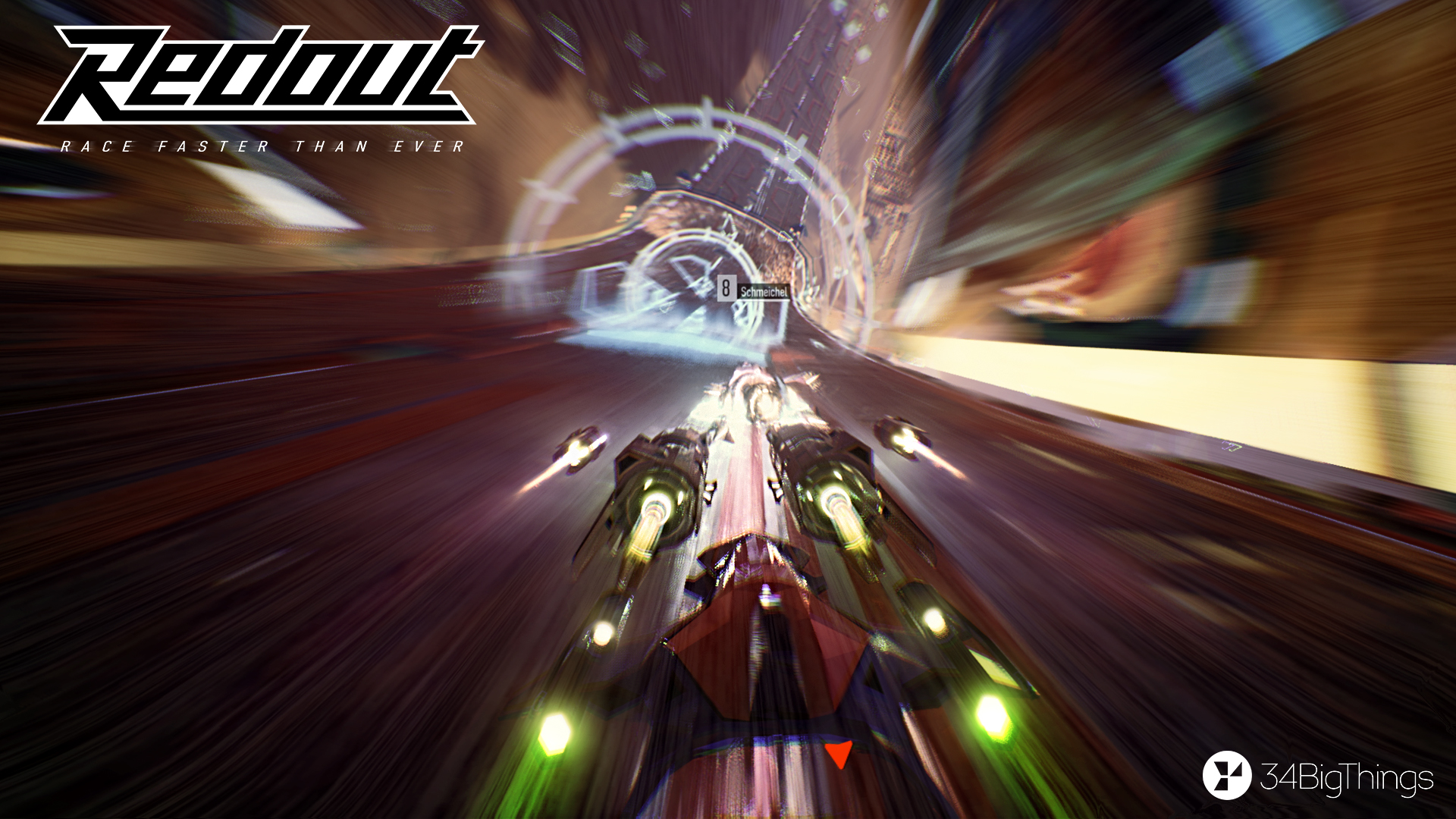
The lack of replay and photo modes is also disappointing, though with the game’s budget price it’s clear some of the less urgent features weren’t key for the PC release, but they will be of key importance to the forthcoming console version.
VR is another area of development. Menus work well, but in-game there really needs to be a cockpit camera. In the short term it’s a nice addition but a little hard on these eyes, though this is something I’ll come back to when my PC is upgraded to play in the highest quality. VR is no doubt a work in progress for now, though, and we’ll continue to see updates here.
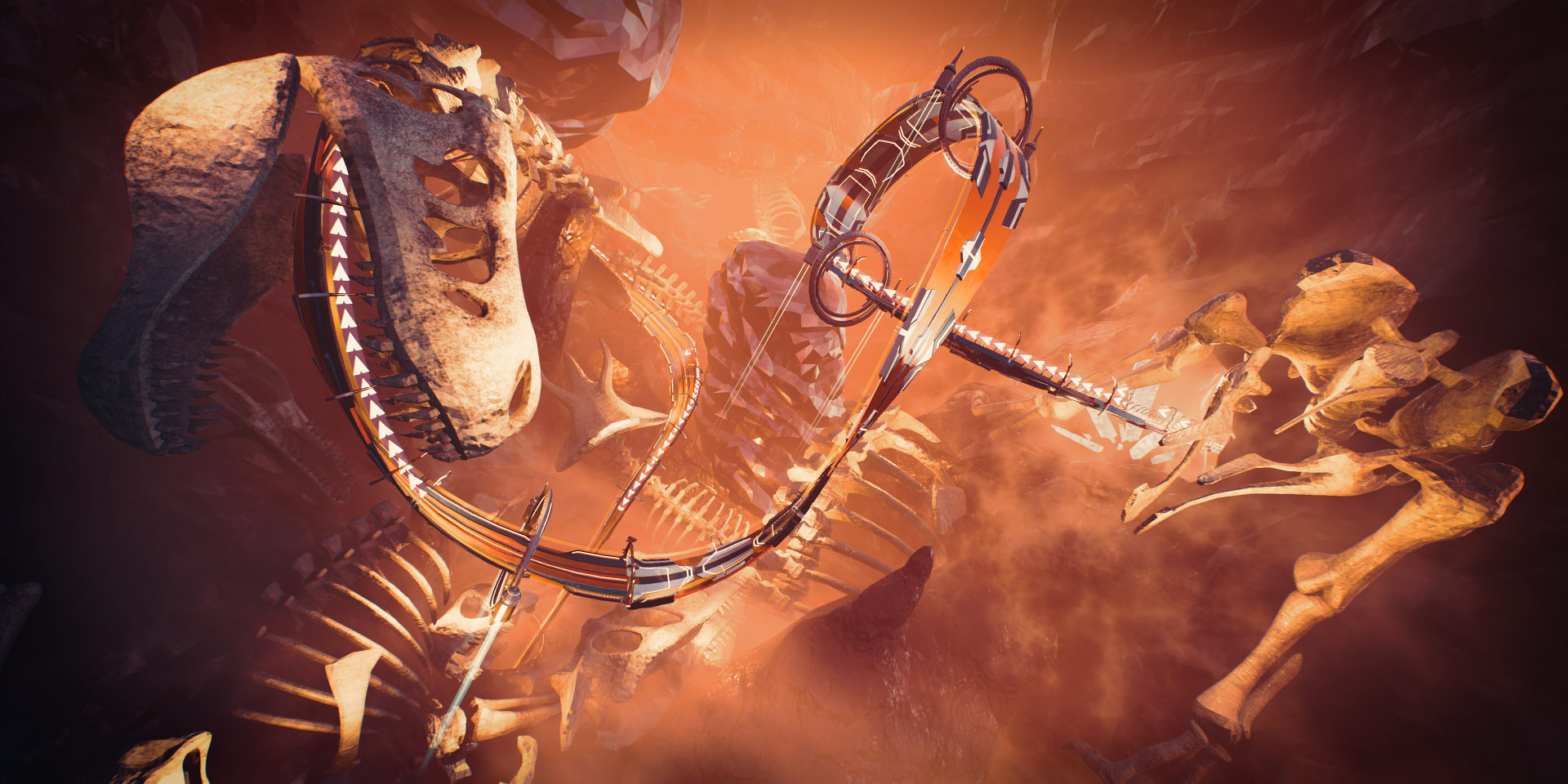
Redout has been a huge surprise and an exceptional achievement for 34 Big Things, with an inspired control method combined with a unique style and some great ideas. However, revised presentational flow, combined with a few more locations and some aforementioned options could see Redout eventually become the anti-gravity racing classic it so deserves to be. In the meantime, at £26.99 Redout is a great deal on PC, and a game that deserves to be in any anti-gravity racing fan’s collection.
Our Review
Summary
Redout has been a huge surprise and an exceptional achievement for 34 Big Things, with an inspired control method combined with a unique style and some great ideas. However, revised presentational flow, combined with a few more locations and some aforementioned options could see Redout eventually become the anti-gravity racing classic it so deserves to be. In the meantime, at £26.99 Redout is a great deal on PC, and a game that deserves to be in any anti-gravity racing fan’s collection.



